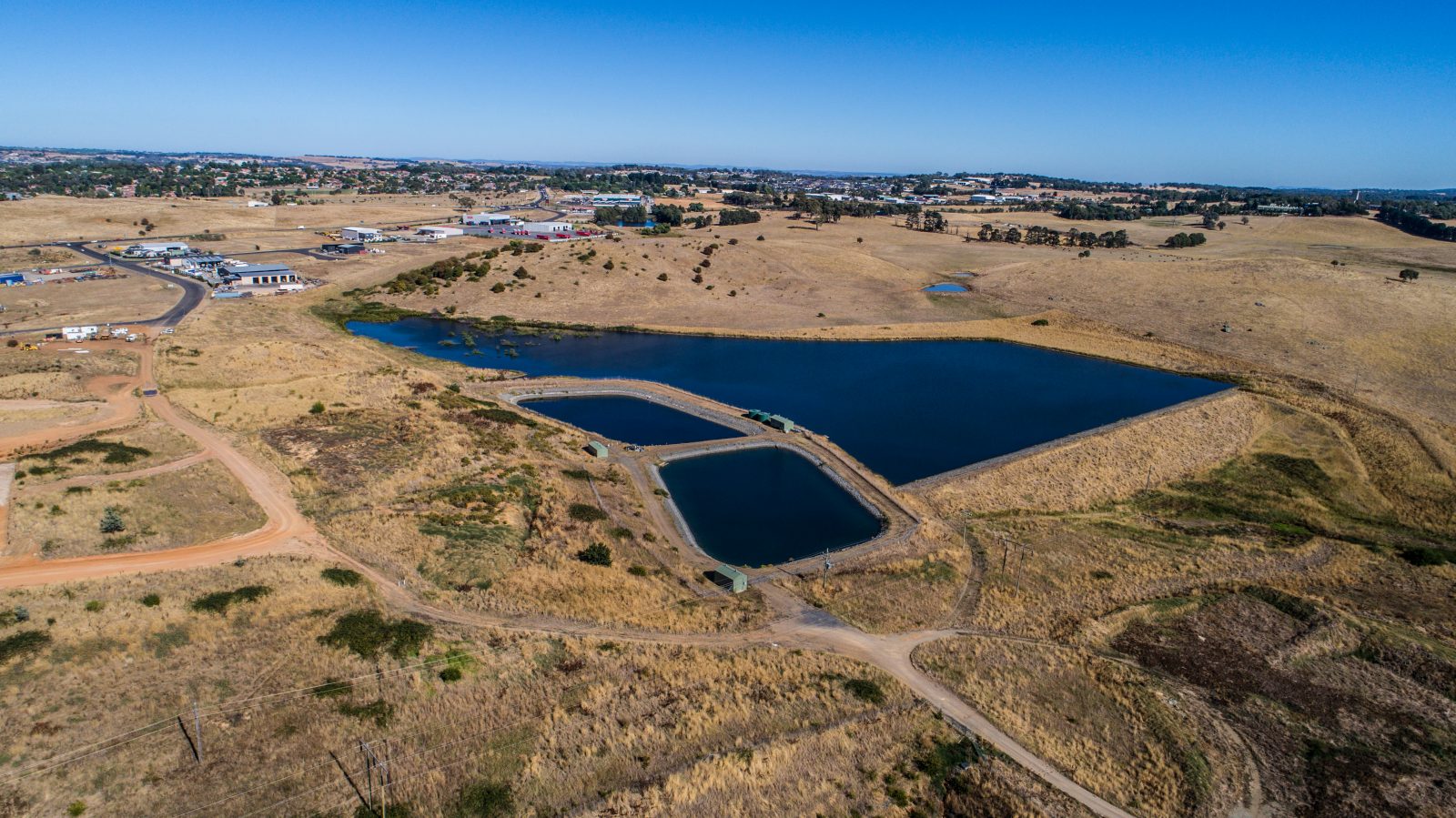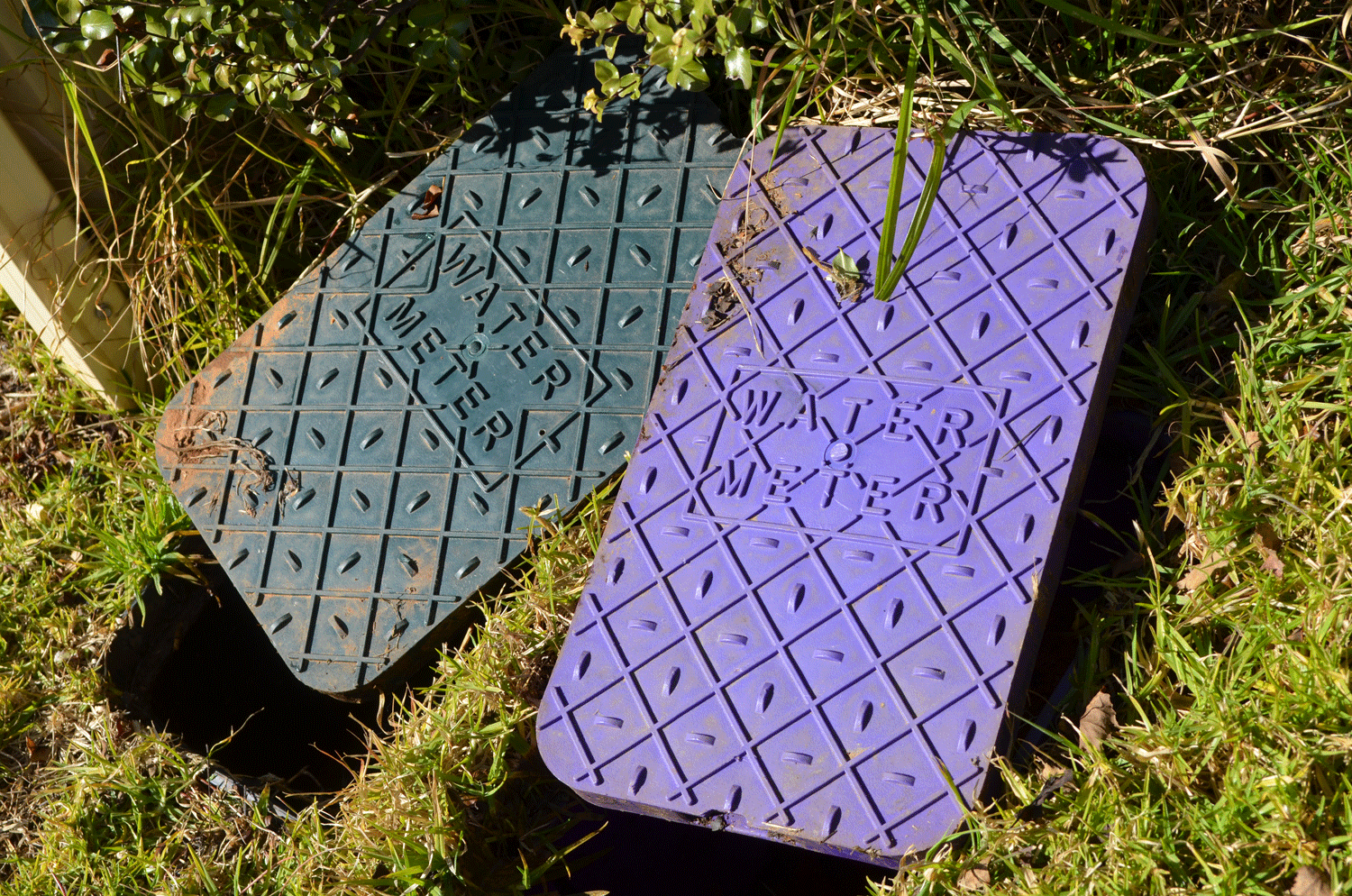Council and the community drove a new solution to an old water problem in Orange
As part of our Tranche 1 work, the Cooperative Research Centre for Water Sensitive Cities (CRCWSC) is preparing case studies to showcase real-life projects which deliver water sensitive city outcomes. The aim of these case studies is to help build a body of evidence that can support and encourage the adoption of research outcomes. We will launch our first regional case study—Orange stormwater to potable: building urban water supply diversity—at the ‘Conservation in action: research to reality’ conference on 16–17 May, in Bathurst.
The case study examines Orange’s experience in diversifying its water supply by capturing and treating urban stormwater to supplement the city’s potable water supply.

Orange faced six main drivers which led to the adoption of a stormwater to potable solution:
- Critical water shortages. By late 2007 the city’s water storages were below 40%. While significant resources were directed to reduce water consumption, by August 2008 the combined water storages had reached their lowest levels (26.7%). The city needed to identify alternative water supplies to augment its water supply.
- A willing community. Water restrictions and other water demand initiatives began in January 2003 and helped to reduce water use in Orange by around 38% to an average annual use of less than 4390 ML in 2008. By May 2008, living with level 5 water restrictions, the community wanted the council to do something quickly to provide more water for the city.
- Council leadership and innovation. Despite needing to find a solution quickly, the council didn’t just want a quick fix until the next rainfall event. Instead, it wanted a water security solution that would provide long term benefits. It was prepared to consider all options.
- Making the most of a wasted resource. During the drought, the rural catchments feeding the existing water supply dams did not generate enough runoff from the periodic rainfall to raise dam water levels. In comparison, these rainfall events generated runoff from the impervious urban areas which discharged into the waterways downstream of the dam.
- Risk management and partnership. When the council decided on the Blackmans Swamp Creek urban stormwater harvesting scheme as the preferred option, it entered unchartered territory in terms of potable water supply. The council needed to demonstrate that it could safely deliver the project through detailed modelling, the development of risk assessments and frameworks, and ongoing monitoring.
- Cost effective operation of water supply options. A key driver was to ensure Orange’s supply diversity, and cost effective management of this diverse water portfolio.
From these starting points, Orange began an innovative resolution of its water supply problem:
- It decided to harvest urban stormwater for potable uses.
- It addressed knowledge gaps and created rules, to build confidence among regulators and the community.
- It looked to balance harvesting and environmental flow requirements.
- It looked to optimise the use of a treated stormwater dual pipe system in new residential developments.

The outcome was an award winning (and community approved) demonstration of stormwater to potable uses. To learn about key lessons from the Orange experience, attend the launch (at the ‘Conservation in action: research to reality’ conference) or look for our online release of the case study in May.